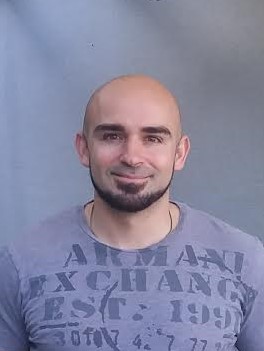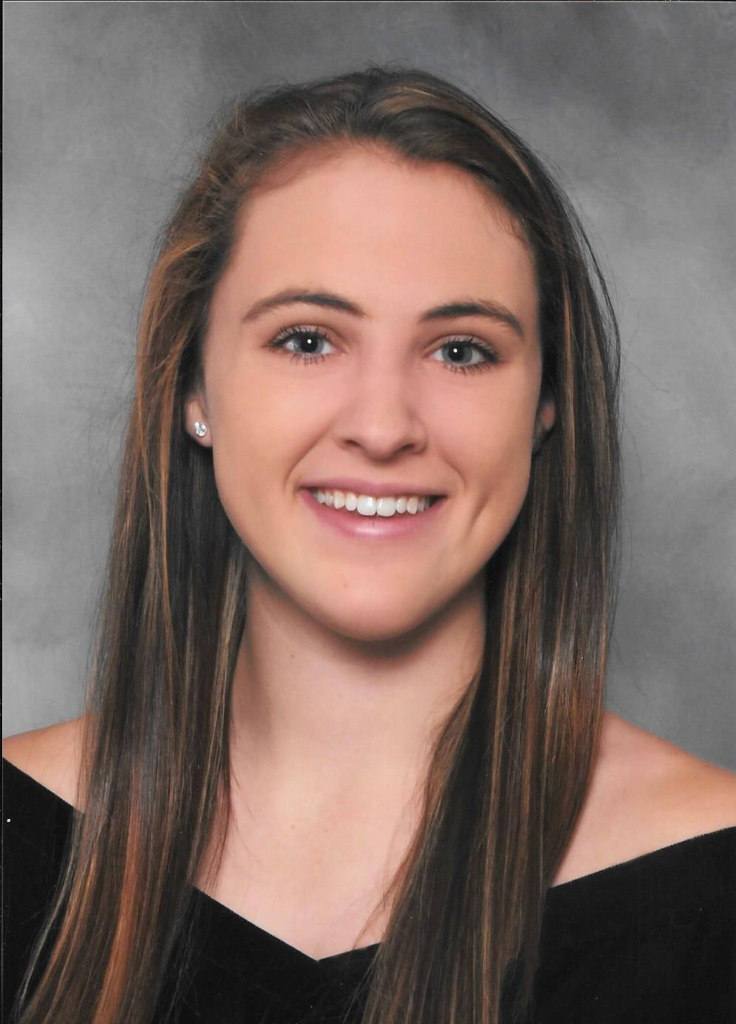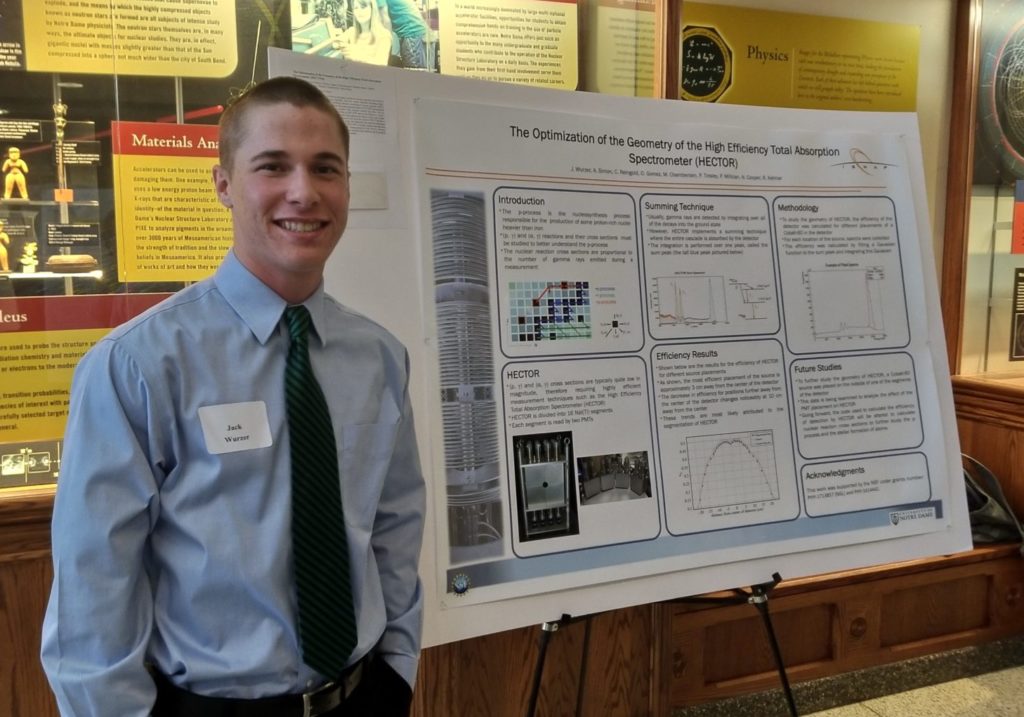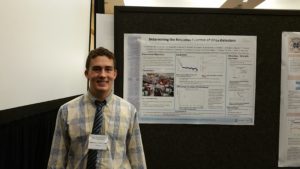Orlando Gomez, a third-year graduate student working in the Nuclear Science Laboratory with Prof. Anna Simon, received the Glenn T. Seaborg Institute at Lawrence Livermore National Laboratory “Nuclear Forensics Summer Internship”. The internship provides a stipend and travel cost reimbursement for a graduate student who is then paired with an LLNL scientist for a two-month program. The student joins the research group at LLNL and works on a project directly related to the efforts of the group.
Link to the Department of Physics article.









